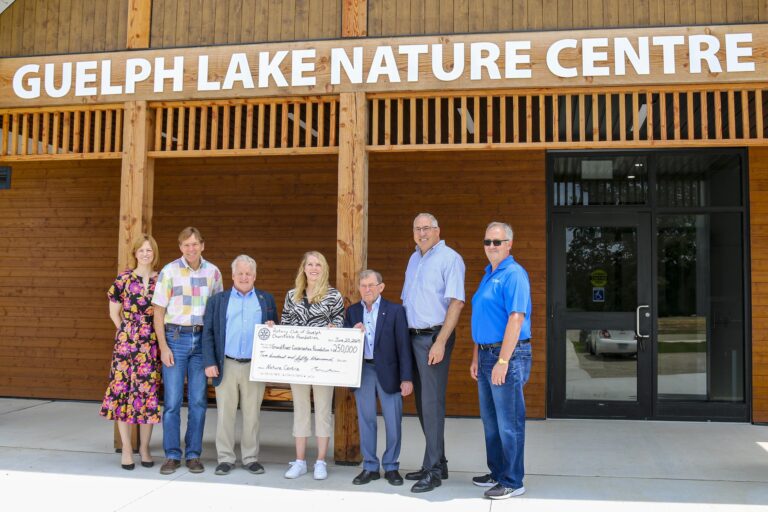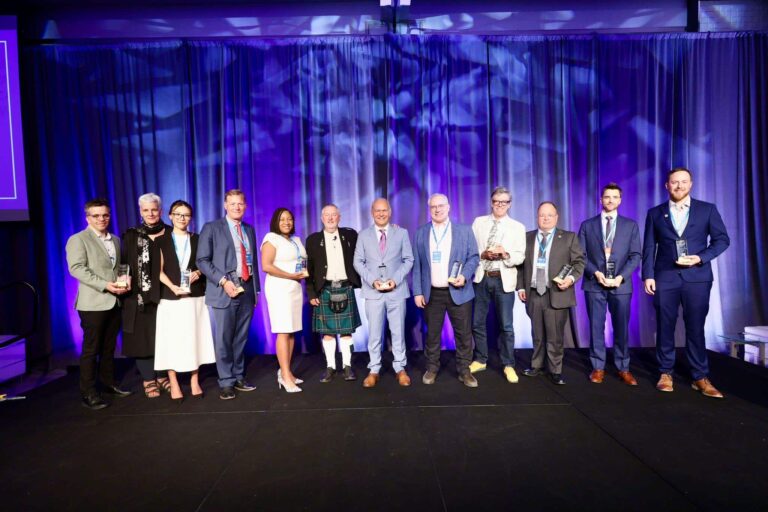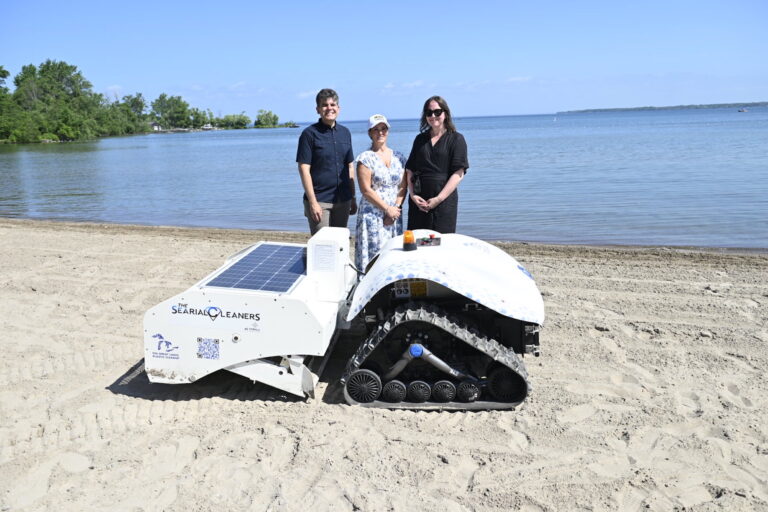Tuesday, July 1, 2025
Minister of Environment and Climate Change Jonathan Wilkinson has announced approximately $2 million from the Low Carbon Economy Fund to support the City of Calgary’s biomass production and carbon sequestration project. This initiative will reduce emissions by planting 300 new hectares of trees over three years at the City’s willow plantation.
Over the lifetime of this project, the City of Calgary will see a cumulative reduction of about 200,000 tonnes of greenhouse gas emissions—equivalent to removing approximately 61,000 cars off the road for one year.
“Today’s announcement highlights some of the important work the City of Calgary is doing to build a stronger, more resilient, and sustainable community,” said Wilkinson. “The willow plantation is a great example of local climate action, which will help Canada meet and exceed its 2030 Paris target as well as achieve net-zero emissions by 2050.”
The plantation will use municipal biosolids as fertilizer and will help create a carbon-storage sink that leads to fewer greenhouse gas emissions.
“Calgarians are innovators by nature, and the willow tree farm is the latest example of that. We’re grateful for the support of the federal government, which will help us double the size of this operation, offsetting an enormous amount of emissions while increasing our biomass production,” said Naheed Nenshi, Mayor for the City of Calgary.
This funding comes from the Champions stream of the Government of Canada’s Low Carbon Economy Challenge, which invests in projects that reduce carbon pollution, save money, and create good jobs.
Canada’s climate plan is on track to deliver the largest emissions reduction in the country’s history. These initiatives are just the beginning. The Government of Canada will continue to bring forward new and enhanced climate action measures to exceed our 2030 target and achieve net-zero emissions by 2050.
The willow plantation project utilizes municipal biosolids to fertilize and improve marginal agricultural soils, sequester carbon as soil organic matter, and produce woody biomass.
Using fertilizer from a municipal wastewater treatment plant provides an alternative to traditional chemical-based fertilizers.











